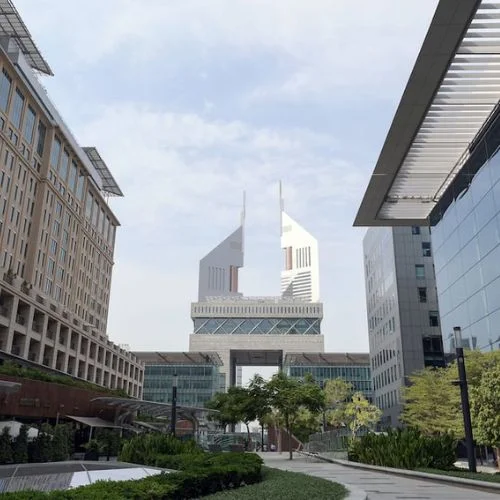India’s largest company by market value, Reliance Industries Ltd (RIL), reported a decrease of 13% in its consolidated profit for the third quarter due to poor performance in its oil-to-chemicals division. However, this decrease was partially offset by increases in its consumer business divisions.
The company’s net profit dropped to ₹17,806 crores from ₹20,539 crores in the same period the previous year.
On the other hand, the net profit of Jio Platforms Ltd (JPL), a subsidiary that includes the company’s mobile division, increased by 28.6%. Additionally, Reliance Retail’s net profit also rose by 6.2%.
In addition to its earnings report, RIL also announced that it has received approval from its board to raise up to ₹20,000 crores ($2.5 billion) through the sale of bonds, which will be used to finance expansion across its various business divisions. The company also stated that its profit was negatively impacted by a ₹1,898 crore charge related to a special additional excise duty (SAED) imposed by the government on the export of transportation fuels that took effect on July 1, 2022.
The Chairman of RIL, Mukesh Ambani, stated that despite the challenging environment, the company’s teams across its various business divisions were able to deliver strong operating performance. He said, “Our teams across businesses have done an excellent job in delivering strong operating performance through a challenging environment.” He further added that the company’s downstream chemical products faced margin pressure due to an oversupply and relatively weak regional demand.
The company reported that its revenue for the quarter was ₹2,40,963 crore, an increase of 15% from the same period the previous year. Additionally, the consolidated Earnings before Interest, Taxes, Depreciation, and Amortization (EBITDA) or operating profit was ₹38,460 crore, a 13.5% increase compared to the same period the previous year.
In a post-earnings call, RIL Joint Chief Financial Officer Srikanth Venkatachari stated that there was margin pressure on the downstream chemicals and that the net profit was slightly up year-on-year but was constrained by finance cost, depreciation, and the special additional excise duty. He also mentioned that in the oil-to-chemicals segment, while there was strength in mid-distillates, this was offset by weak margins in polymer, polyester, and light distillates. Additionally, finance costs have been higher due to rate hikes by central banks. Despite these challenges, the company stated that it sees robust overall demand across segments going forward.
After the earning report was announced, RIL’s shares closed at 1.15% lower at ₹2,442.70 on the Bombay Stock Exchange (BSE) on Friday. The BSE Sensex, a benchmark index, also closed 0.39% lower. The earnings were announced after the close of Indian market hours.
The Oil-to-chemicals (O2C) segment of RIL reported a revenue increase of 11% to ₹1.45 lakh crore during the quarter due to higher price realization as crude oil prices increased. However, the revenue was limited by lower throughput due to planned maintenance and inspection activity turnaround during the quarter. The Chairman of RIL, Mukesh Ambani, stated that the fundamentals of middle distillate products remained strong with strong demand, limited supply, and high natural gas prices in Europe. He also mentioned that the upstream business delivered robust growth with sustained production from the KGD6 block along with a higher realization.
The company’s exploration and production division experienced a growth in revenue due to better gas prices and increased production. The average price for gas from KGD6 was $11.3 per MMBTU compared to $6.1 per MMBTU in the previous fiscal year’s Q3, which was made possible by the Indian government raising the gas price ceiling to $12.46 per MMBTU. Earnings before interest, taxes, depreciation and amortization (Ebitda) almost doubled to ₹3,880 crores, resulting in a margin increase of 86.7%. The company’s CEO said that they are on track to reach 30 MMSCMD of gas production in the next fiscal year after the commissioning of the MJ field, which will greatly improve India’s energy security in a fluctuating energy market. The MJ field is part of the KGD6 area.
Jio Platforms experienced a 28.6% increase in profit compared to the previous year, primarily due to decreased charges for spectrum usage and a decrease in financial expenses. However, the company experienced a decrease in the number of new subscribers, which only increased by 5.3 million.
Reliance Retail saw a 6.2% increase in net profit to ₹2,400 crores from the previous year. Additionally, revenue from operations rose 18.6% to ₹60,096 crore, and the company reported growth in all areas of consumption.















